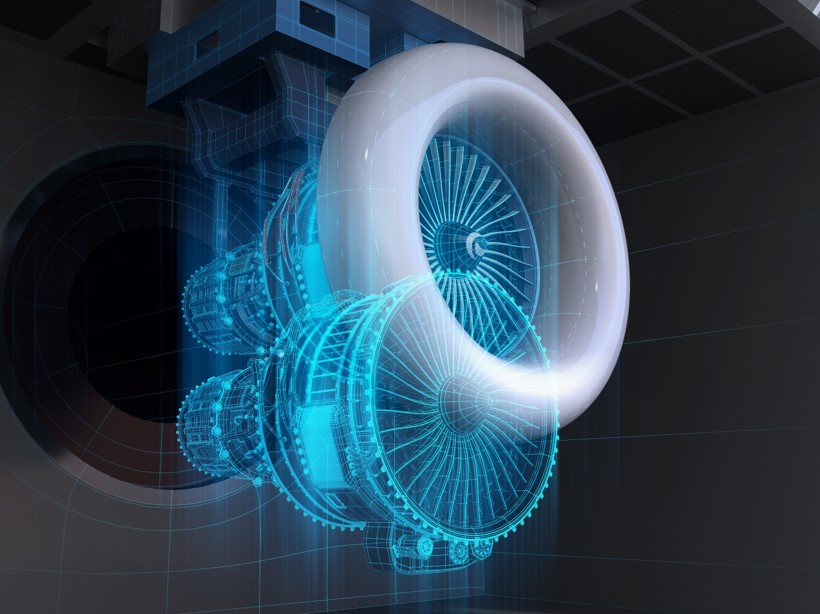Digital Twins are continuously developed across a wide number of applications and industries. There are several benefits and opportunities that Digital Twins provide (e.g., reduced cost and cycle time, de-risked and reduced physical testing, improved product design and quality, better descriptive and predictive insight, improved training and sustainment, etc.), their development, maintenance, and evolution still face major challenges. Most past and current efforts focusing on the development of Digital Twins have relied on ad hoc approaches, where most of the efforts start with building models without properly framing the problem. More importantly it has led to the development of models that provide a solution to the wrong problem and consequently fail to address the core questions and needs of the stakeholders. The development and implementation of Digital Twins also lack standardization, instead relying on custom methods and technologies, which in turns leads to a lack of consistency in their description and implementation, as well as limited interoperability across applications, tools, and disciplines.
The development of Digital Twins has been plagued by a lack of scalable approaches, leading to implementations that are highly specialized and require considerable resources in terms of subject matter expertise. The development of standardized methodologies has been identified as a means to unleash the full potential of Digital Twins and increase their adoption across a wider range of disciplines and applications. During the last decade, aircraft manufacturers have strongly fostered green innovations to reimagine the future of commercial aviation. The objective is clear, to seed a culture of innovation and take the lead in this frenetic race against carbonization with zero-emission aircraft. Just like the advent of electric mobility will utterly transform great cities and the way we commute, future zero-emission aircraft will give rise to far reaching changes in how we travel, potentially leading to a metamorphosis of the world’s economy. However, in contrast to the automotive industry, air travel faces huger technical challenges to reach the zero-emission objective. It’s not an easy endeavour to make the safest and fastest means of transportation while becoming one of the least polluting in the world.
To this end, and in consistency to the Aerospace Industry position on Digital Twins, Stratosphere SA has the objective :
1. To present and develop a generic reference model for describing how Digital Twins integrate with the broader digital enterprise and for informing broader benefit realizations from Digital Twins in a consistent and scalable way,
2. To highlight a cross section of real and tangible Digital Twin case studies that show realisation progress and how each example can be represented by the proposed generic reference model,
3. To propose specific next steps toward Digital Twin implementation of the noted recommendations through the establishment of an appropriate Aerospace Digital Transformation process.

Stratosphere S.A. Has a beyond state technology fully aligned with the major tech trends. The company developed over the last 10 years health management systems and technology for SHM, WHM and IVHM and AFS. Our technology is one of the most advanced frameworks in the Industry.
Stratosphere S.A. is a global provider of integrated health management solutions. The robustness and integration of its solutions are the pinnacle of SHM systems.
bizdev@stratosphere-tech.com

